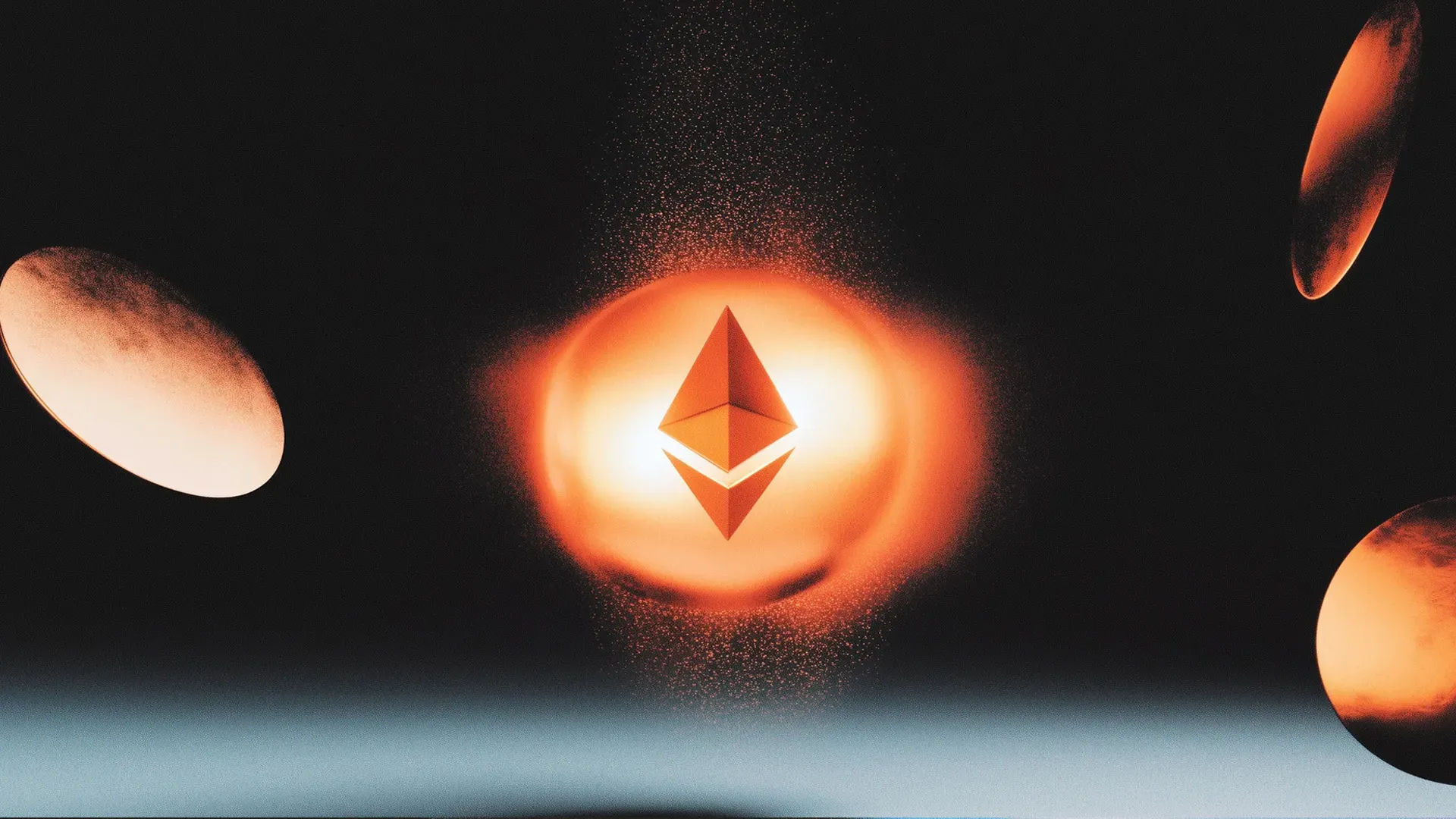The Strategy and BitMine Playbook Showdown

Strategy and BitMine are both leading the digital asset treasury games for their respective assets. But while Michael Saylor's firm blazed a trail as the Wall Street OG of transforming BTC into balance sheet alchemy, Tom Lee's bold, explosive commitment to making billion-dollar moves to accumulate ETH in record time is catching eyes, too.
While Strategy is pursuing complex financial engineering to continually stack sats, BitMine is charging ahead with a leaner model and plenty to prove. These two companies are playing the same exact game, but with entirely different playbooks.
Today, we’re comparing Strategy to BitMine Immersion Technologies and unpacking the differences between BTC and ETH’s crypto treasury champions. 👇
⚙️ The New Strategy
Once upon a time, MicroStrategy defined itself as a business intelligence firm that sold analytics software to corporations and institutions. Today, the reborn “Strategy” is a behemoth bitcoin holding vehicle, whose valuation has eclipsed its 2000s tech bubble peak multiple times over and whose most coveted product is financial engineering.
Strategy’s original bread-and-butter for financing BTC buys was at-the-market (ATM) share sales and convertible notes, but this bull market, Strategy has turned to a mix of exotic fixed income and preferred stock offerings.
In 2025, Strategy expanded its offerings with the addition of STRK (a convertible preferred stock offering with 8% dividends), STRF (a senior perpetual fixed income offering with 10% dividends), STRD (a junior perpetual fixed income offering with optional 10% dividends), and STRC (a variable rate perpetual preferred stock with initial 9% dividends.)
Strategy Preferred Product Comparison Table$STRF v $STRC v $STRK v $STRD pic.twitter.com/yqKAcnh6DB
— Chris Millas (@ChrisMMillas) July 23, 2025
While the numerous distinctions between these various new-age Strategy offerings are no doubt dizzying, for the purposes of this article, we can disregard the minutiae; more important is the fact that each instrument works in concert to raise money from investors with diverse risk and return preferences.
For example, investors seeking well above-market 10% yields and priority claims above all other Strategy investors except convertible note holders can purchase STRF, meanwhile, those who want slightly lower 8% yields and some upside exposure to MSTR stock can buy STRK.
The exotic preferred perpetuals enjoy smaller markets than MSTR stock itself, but Strategy has experienced success through these avenues, raking in over $5.5B from this suite of offerings since the start of the year.
Notably, these products appear to have supplanted Strategy’s convertible notes, as the Company has not issued any new zero-interest debt since February 2025. Additionally, the vast majority of the funds raised have come from the initial offerings of these securities, with a mere 14% derived from subsequent open market sales.
In its Q2 earnings conference on July 31, Strategy instituted new common stock dilution guidelines, which prohibit at-the-market (ATM) share sales when MSTR trades at less than a 2.5x multiplier against its BTC holdings, except to pay interest on debt obligations and fund preferred equity dividends.
It may be possible for Strategy to issue new preferreds in a down-market scenario to pay down obligations, yet if the fundraising doors truly close, forced MSTR sales will end up cutting the amount of BTC each share represents.
Last week, Strategy shared $MSTR equity ATM guidance. Real-time mNAV can be tracked at https://t.co/yIv7IimRdf. pic.twitter.com/4ad4IyQ2Sa
— Strategy (@Strategy) August 7, 2025
⛏️ The BitMine Blueprint
Rewind the clock on Strategy almost five years, substitute BTC for ETH, and you’d get BitMine Immersion Technologies (BMNR)! The former BTC miner went on a crypto buying binge after announcing an Ether treasury strategy in late June; it held 1.15M ETH worth $5.2B at the time of writing.
Unlike the post-2025 Strategy, which now leans on a complicated mix of exotic preferreds to raise cash, BitMine remains in its “classic” era, relying on ATM share sales and convertible notes as primary fundraising tools.
Both Strategy and BitMine are public companies that have married themselves to a single token. The only major difference is that BitMine focuses on the smaller market capitalization asset and perhaps has a more visible public presence, with Chairman Tom Lee serving as a familiar face for viewers of daytime investor television networks.
Thanks to Strategy’s normalization of crypto treasury companies, BitMine has enjoyed immense success with early-stage growth, amassing a greater value of crypto during its first month of operations than Strategy could accumulate during the first six.
5/ To put it into perspective, BitMine has accumulated more ETH (crypto holdings value) in its first month than Strategy (formerly MicroStrategy) did in its first six months executing the strategy. pic.twitter.com/8fjMwKP6QX
— Pantera Capital (@PanteraCapital) August 12, 2025
🧐 Conclusion
Strategy and BitMine both stand out as preeminent high-beta proxies for the cryptocurrencies they represent. Each has made a series of bold bets on a single crypto asset, with Strategy playing the seasoned heavyweight and BitMine the fast-rising challenger.
Strategy’s long-standing dominance in the crypto treasury space, coupled with its ability to tap multiple fundraising sources, gives it greater optionality to weather adverse market conditions. Conversely, BitMine’s smaller size may provide greater investment upside.
Although different by design, both Strategy and BitMine will ultimately live and die by the strength of their chosen asset.